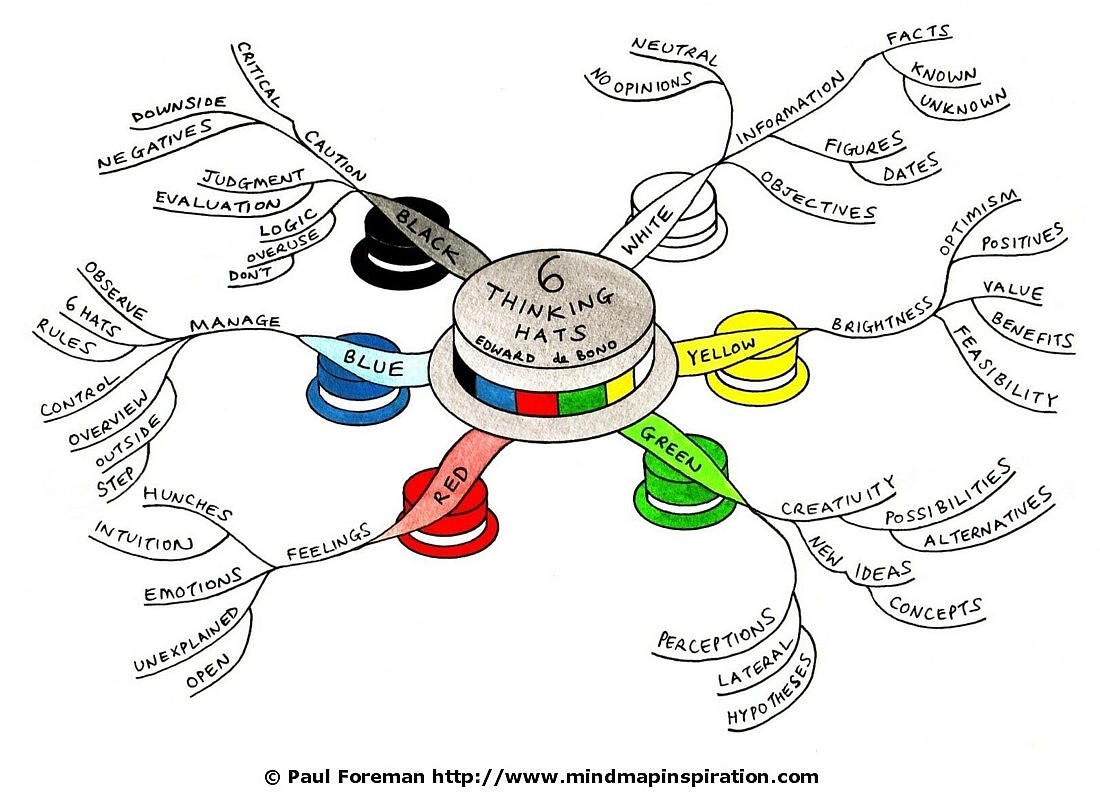Boosting creativity for entrepreneurs
We usually associate creativity with artists, but it benefits way more professions than that. We use creativity every day, even though we're often not aware of it. Entrepreneurs especially need to be creative in their work. Every time you're trying to find a solution to a problem or you're wrecking your brain to find a better way of doing something, you're being creative.
Startups and small businesses rely on creative minds. Not only do we need people who can find creative solutions, but also who are able to think ahead about potential problems that might arise. And creativity is not only about problems. It's about being able to visualize and to think ahead, to move ahead. Creativity is the stepping stone to innovation. It is also part of self-actualization, or how we realize our personal potential, according to Maslow's hierarchy of needs.
Sure enough, when our creativity is blocked, we feel as if we're stuck. When we can't access our flow of inspiration, it really feels like something is missing.
Some blocks to creativity can be boredom, complacency, anxiety or self-doubt.
So how can you reduce these blocks and boost your creativity?
Find intrinsic motivation
Intrinsic motivation is motivation that comes from within. As opposed to being motivated by external rewards, you are motivated by the mere joy of doing something. For example, you work out because you like working out, instead of working out because of the benefits you will reap later. Of course, the external rewards are still there, but they don't influence your motivation. Usually, intrinsic motivation becomes important when external rewards are not enough to keep you motivated. It's the reason why many people accept lower paid jobs in favour of doing something that they actually enjoy. Finding joy in what you do is an important part of boosting your creativity. Discover where you find pleasure in work, and maximize that joy. The more pleasure you derive from work, the more motivated and creative you become.
Surround yourself with the best
Many musicians find good music by finding out what their favorite musicians listen to. If they listen to the same music as their role-models, will these musicians become just as good as they are? That's not the case, there are no shortcuts to hard work. But by surrounding yourself with the environment of the best there are in your field, you can get one step closer to being as great as them by getting some insight into how they think. Read a book by your favorite inventor or the autobiography of the entrepreneur that inspires you most. Getting some insight into, or even simply reminding yourself of how they think and work will surely boost your creative process.
Constructive discontent
While it's important to be positive and happy in your work, it is also important that you don't become complacent. In order for you to stay creative, you should be able to see what's wrong around you - and with your business. This is really the key to being both creative and innovative. Creative discontent is really the practical side of creativity, because when you find what's not working for you, you will be forced to find ways to change that.
Find your source of inspiration
What is your source of inspiration? When do you come up with your best ideas? For Woody Allen, for example, creativity comes when he's in the shower. Others enjoy talking walks in nature, going for a run or meditating. Or, it can be listening to a specific album, talking to people or browsing the latest news articles in your field. Whatever activity you need to get new ideas, that's your source of inspiration. Find yours by trying out different things. When you find your source, stick with it, but only as long as it works for you. Don't let it become a routine and impede your creativity.
The six-hat technique
This is a good technique for looking at a situation from different angles. It first appeared in Edward de Bono's 1985 book Six Thinking Hats . It's a great exercise, especially for people who have a hard time seeing things from different perspectives. It involves actively trying to see things from multiple perspectives. It's a very effective parallel thinking exercise that can increase creativity by interrupting your current thinking patterns. You just need to imagine you're wearing a different color hat for different ways of thinking, for example black for judgement, red for feelings, white for information, yellow for optimism and so on. By switching hats, you can redirect your focus and come up with ideas that your personal thinking bias might not otherwise allow you to.
A word in favour of creative block
Creative block can sometimes be a good thing. I'll leave you with a quote from musician Alexi Murdoch that explains this best.
"At the risk of going off brief here, can I just ask: What’s wrong with creative block? Might it not just be that periods — even extended ones — of productive hiatus are essential mechanisms of gestation designed to help us attain higher standards in our pursuit of creative excellence?"
I'm sure there are many other ways of boosting creativity out there. What are the creativity secrets you've discovered? Share them with us in the comments below.
